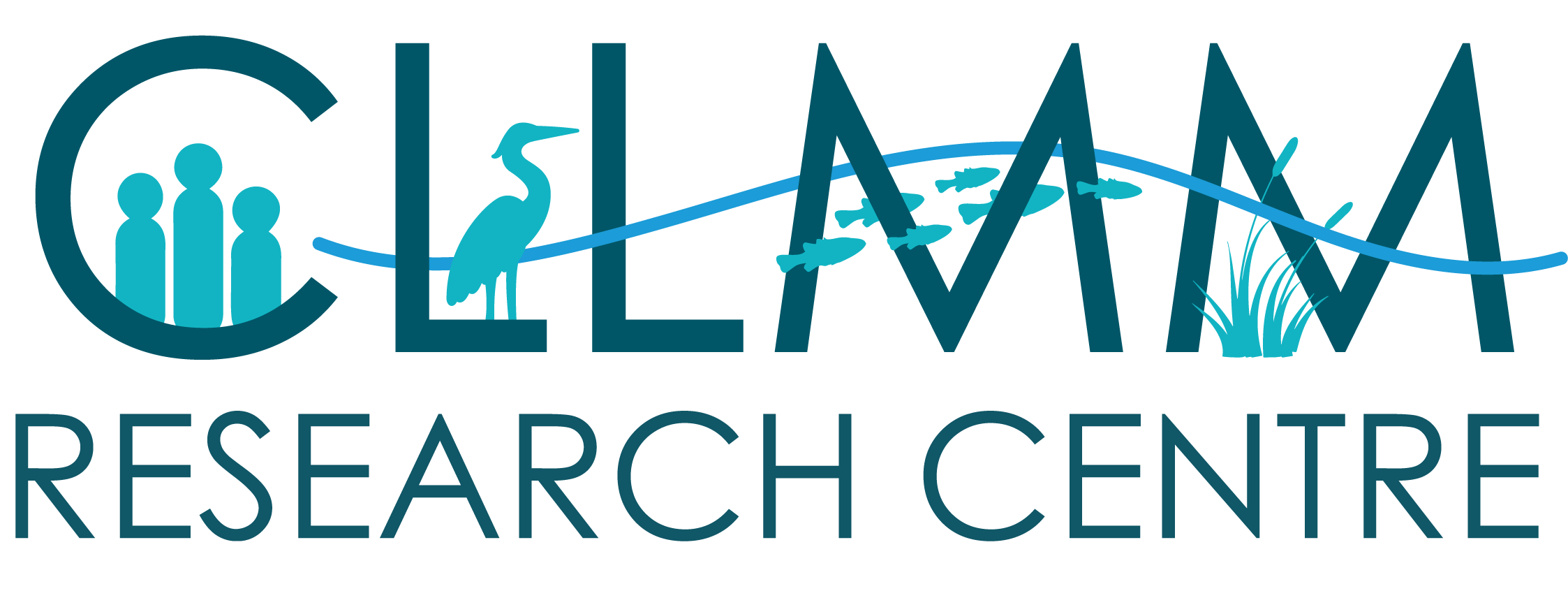Native fish conservation – southern pygmy perch reintroduction
Our native fish conservation project focuses on the future of threatened small-bodied native freshwater fish in the CLLMM region. These fish are under threat, and reintroducing them back into the wild is an important part of how we conserve them. In September, the project team, led by Dr Sylvia Zukowski (Nature Glenelg Trust), undertook reintroductions of the nationally-vulnerable southern pygmy perch into two sites.
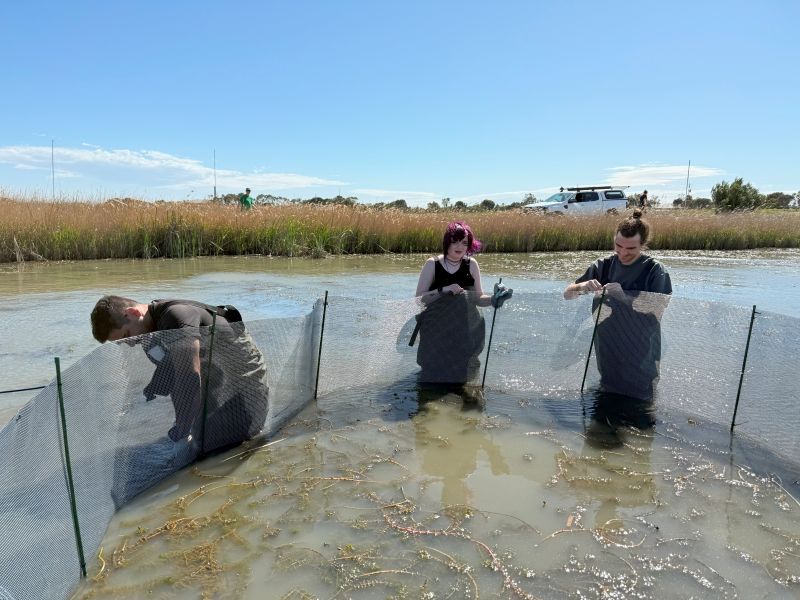
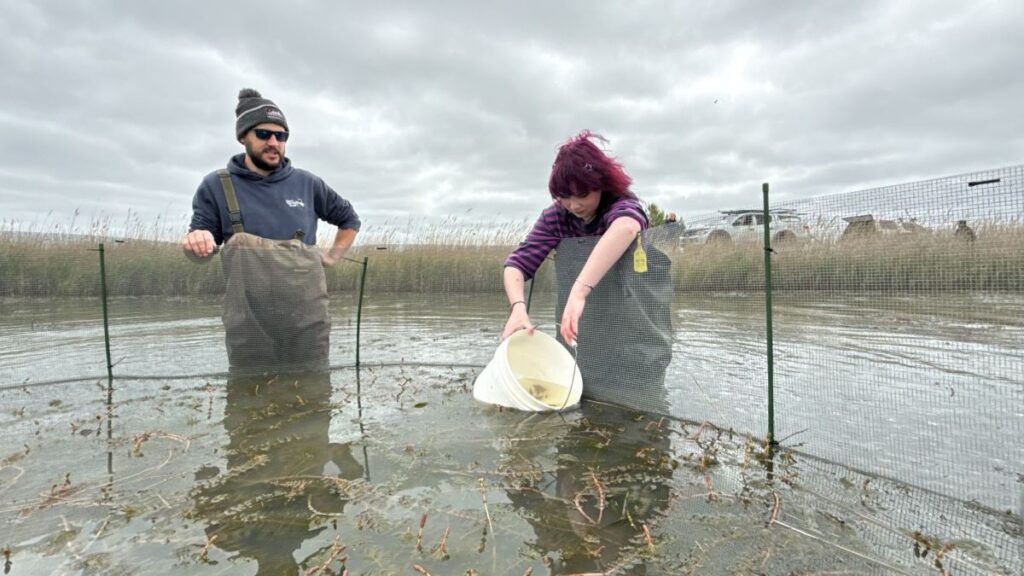
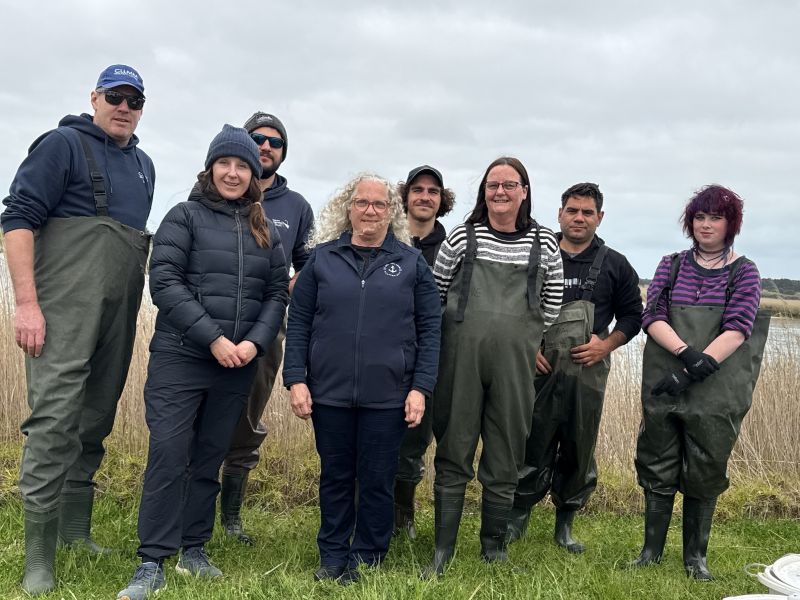
Initially, six soft release enclosures were installed at each site to provide the fish with a safe home – free of predators and some of the other threats these fish face – to settle when they are ready to be released. The following week almost 250 fish were released into the enclosures, where they will spend the next four months to acclimate before the enclosures are removed. The survival and breeding of the fish will be targeted over this period.
The construction of the enclosures and the release of fish was a collaborative effort involving scientists from Nature Glenelg Trust, Adelaide University and the CLLMM Research Centre along with Ngarrindjeri community, a student from Goolwa Secondary College and the landowners who allowed access to the sites.
Climate adaptation – measuring greenhouse gas emissions
Methane plays a huge role in the story of climate change and global warming – it has been estimated that this potent, heat-trapping greenhouse gas can have a warming effect much greater than carbon dioxide. As such, several projects of the Research Centre are trying to understand methane dynamics across the region. This includes the climate adaptation project, led by Professor Justin Brookes from Adelaide University, the methane flux honours project (James Hensel) and a new Adelaide University PhD project (Qinqin You) supervised by Professor Justin Brookes and Dr Chris Keneally). Qinqin’s project is using Eddy Covariance Flux Towers (what’s a flux tower?) to continuously measure methane and carbon dioxide exchange in Lake Alexandrina and the North Lagoon of the Coorong.
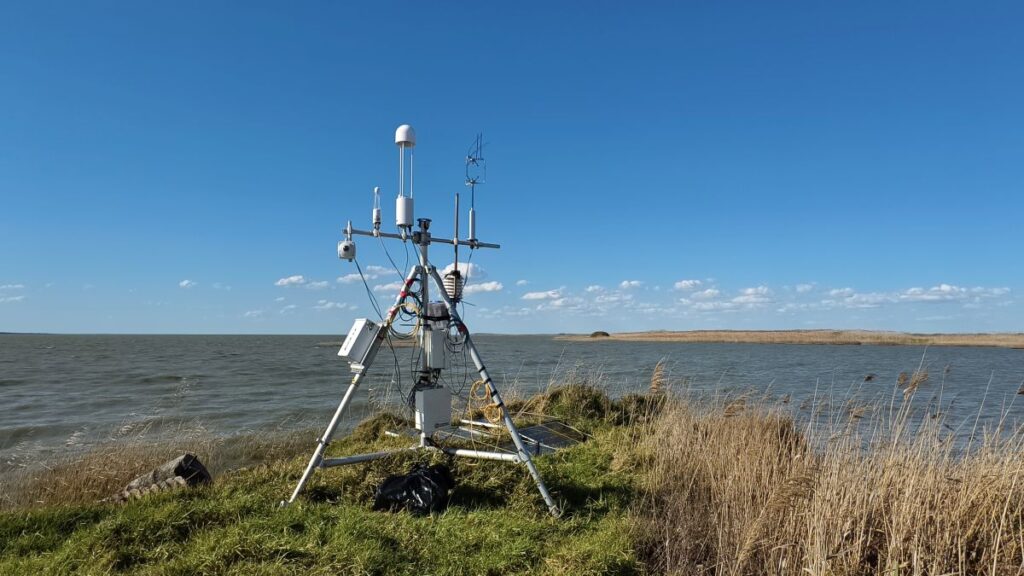
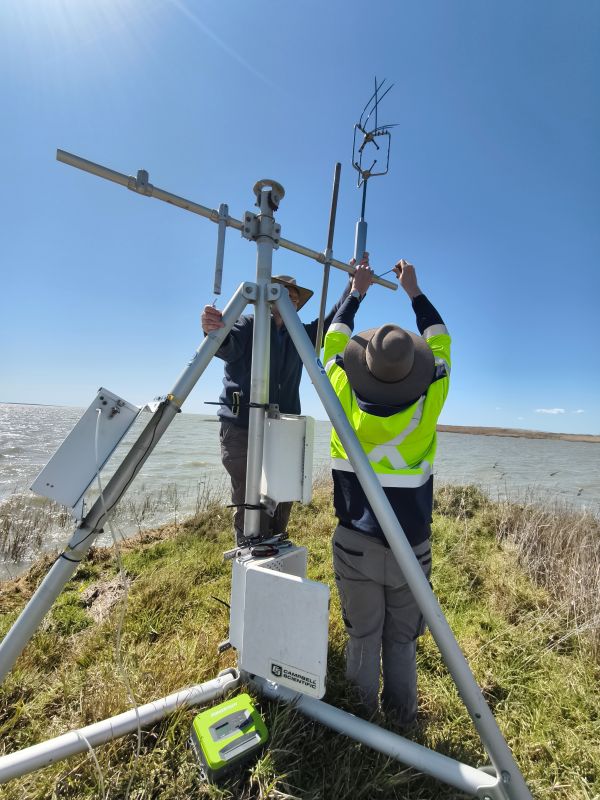
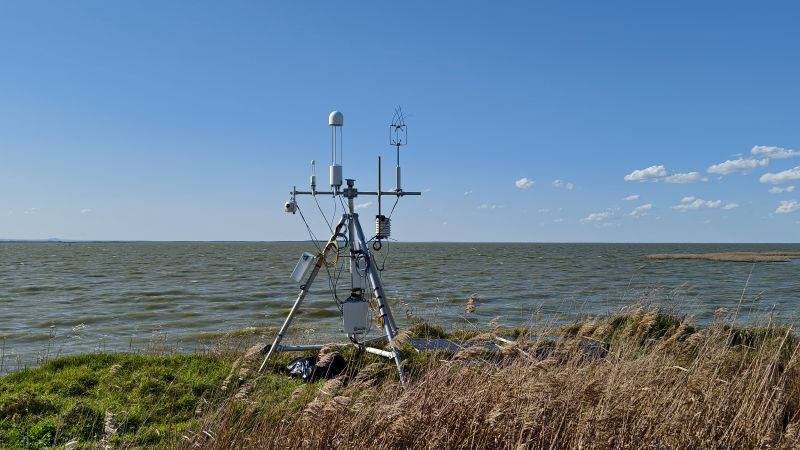
Although the Coorong is a hypersaline lagoon where strong sulfate reduction competes with methane production, its high organic matter content can still result in substantial methane emissions. The methane dynamics in the Coorong will be compared with those of the freshwater habitats of Lake Alexandrina. The aim of the project is to quantify these emissions across seasons and years at both sites to guide adaptation planning across the region.
Waterbird conservation – pied oystercatchers/Prukal tracking
Field work season has begun for the waterbird conservation project, led by Dr Tom Prowse from Adelaide University. At the moment, the focus is on pied oystercatchers/Prukal, which nest on Coorong Ocean Beach between September and January each year. Nesting on beaches makes them vulnerable to disturbances from feral animals, humans, and extreme weather events.
The team are using decoys, paired with a safe, targeted capture method, to attach GPS units to adult pied oystercatchers/Prukal. These birds become vigilant defenders once their breeding territories are established and pairs will angrily try to chase the ‘intruder’ away.
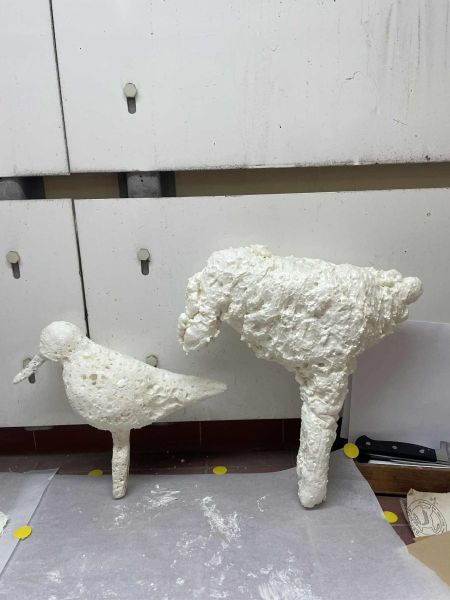
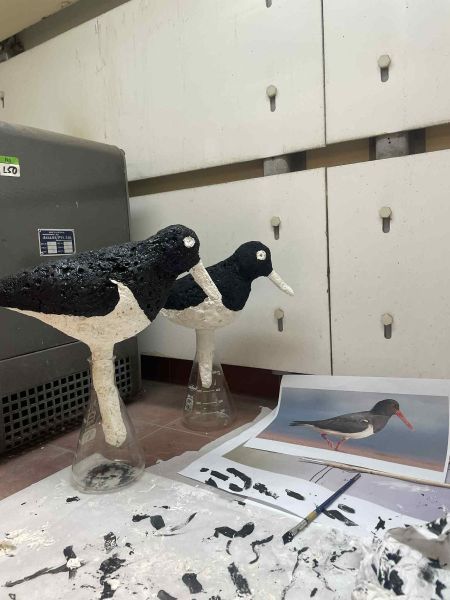
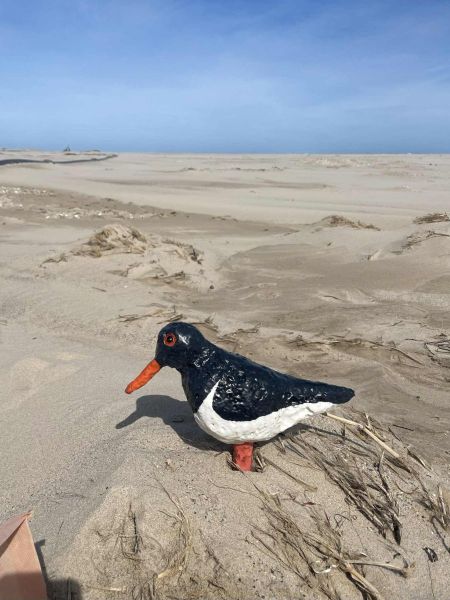
Researchers are also using trail cameras to monitor the success rates of pied oystercatcher/Prukal nests. Together, these technologies will help reveal how different threats impact the movement and reproductive success of this species, with potential implications for the management of beach-nesting birds in the CLLMM region.
